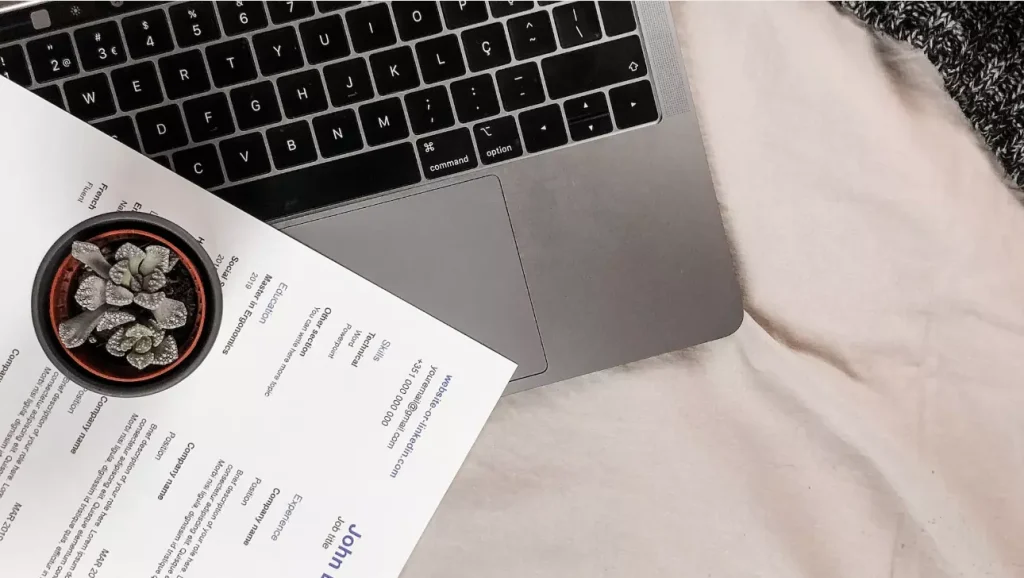Table of Contents
Introduction:
When it comes to crafting a stellar resume, the content is undoubtedly important. However, the format and layout of your resume play a crucial role in catching the attention of hiring managers and keeping them engaged. A visually appealing and well-organized resume not only creates a positive first impression but also helps to highlight your key qualifications and achievements. In this blog post, we will discuss some essential tips on how to format your resume for readability.
10 FAQs about How to Format Your Resume for Readability:
1. Should I use a basic font for my resume?
Yes, it is recommended to use a basic and easy-to-read font such as Arial, Calibri, or Times New Roman for your resume.
2. What font size should I use?
The font size for the main content of your resume should be around 10-12 points, while headings and subheadings can be slightly larger.
3. Is it necessary to include bullet points?
Yes, bullet points are highly recommended as they make your resume more scannable and allow for easy reading of your skills, accomplishments, and job responsibilities.
4. How many pages should my resume be?
Ideally, your resume should be limited to one or two pages. However, if you have extensive experience or are applying for an academic or research position, it may extend to three pages.
5. Should I include a summary or objective statement?
Including a well-crafted summary or objective statement at the beginning of your resume can help to catch the recruiter’s attention and provide a concise overview of your skills and goals.
6. What is the best way to organize my resume?
Start with your contact information, followed by a summary/objective statement, then list your work experience, education, skills, and any additional relevant sections such as certifications or volunteer work.
7. How can I make my resume visually appealing?
You can make your resume visually appealing by using consistent formatting, incorporating white space, using appropriate headings and subheadings, and adding relevant icons or design elements.
8. Should I use columns in my resume?
Using columns can be a useful technique to present information in a visually appealing way, but make sure to keep it consistent throughout your resume and avoid overcrowding the content.
9. Is it important to proofread my resume?
Absolutely! Proofreading your resume is crucial to ensure there are no typos, grammatical errors, or formatting inconsistencies that may distract the reader or reflect negatively on your attention to detail.
10. Should I use a template to format my resume?
Using a resume template can provide a good starting point as it offers a pre-arranged format that you can customize according to your needs. However, make sure to choose a template that is clean, professional, and aligns with your industry.
Conclusion:
Formatting your resume for readability goes beyond just making it visually appealing. It helps to create a well-structured document that is scannable, easy to navigate, and effectively highlights your qualifications. By following the tips provided in this blog post, you can ensure that your resume stands out from the competition and leaves a positive impression on potential employers. Remember, a well-formatted resume showcases your professionalism and attention to detail, ultimately increasing your chances of landing an interview and securing your dream job.
BuildFreeResume.com has a consumer rating of 4.83 stars on Sitejabber




